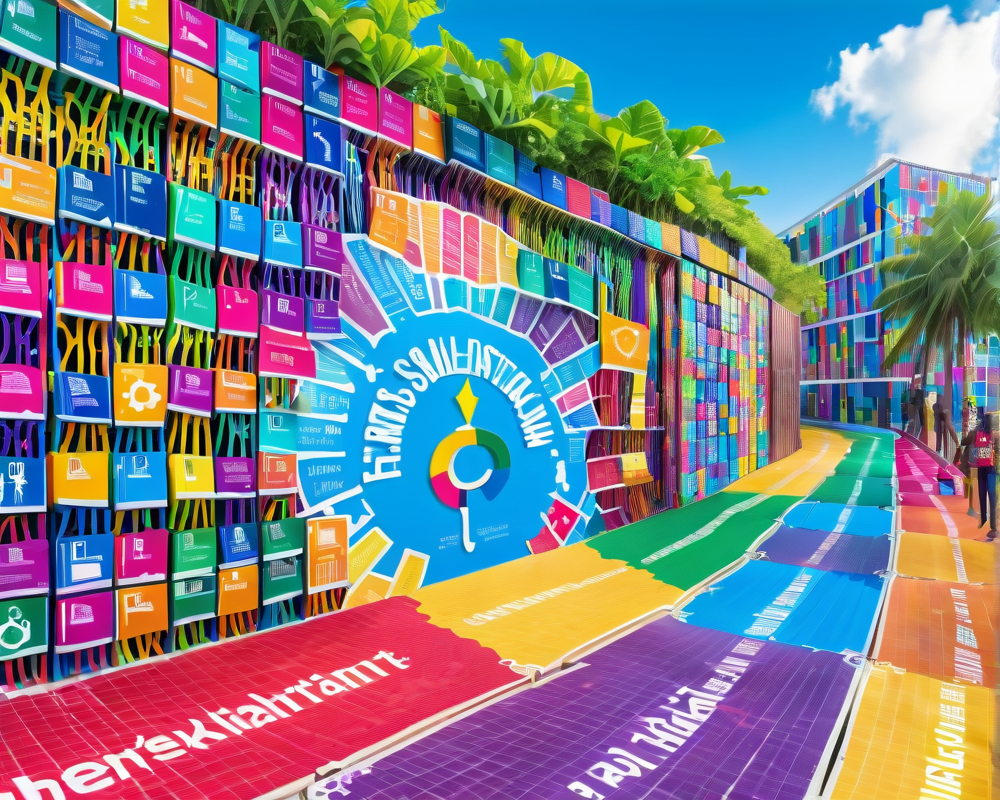The Refugee Identity Challenge
Refugees face numerous hurdles during their journey for safety, but one of the fundamental issues is identity verification. Lack of documentation can lead to challenges in securing resources and services as they try to rebuild their lives. In Finland, however, innovation is taking the front seat.
Blockchain to the Rescue
Finland has announced a groundbreaking strategy that leverages Blockchain technology to establish strong identity systems for refugees. According to Jouko Salonen, director of the Finnish Immigration Service, the nation has effectively solved the issue of “strongly authenticated identity.” But how exactly does this work?
The Integration of Debit Cards
As part of its commitment to aid asylum seekers, Finland has introduced a prepaid debit card system. Instead of giving cash, these cards serve as both a financial tool and an identity solution. The cards are produced by local startup MONI and provide functions akin to a bank account, allowing authorities to track basic spending habits linked to a verified identity.
The Benefits of Immutability
One of the biggest advantages of using Blockchain technology is its immutability. This means that once data is recorded, it cannot be altered or deleted, ensuring that the identities linked to the prepaid cards are secure and reliable. This unique feature serves to protect the integrity of the identity of new residents and reduces the chances of fraud.
A European Initiative
The issue of verifying refugee identities is not isolated to Finland alone. It has become a prominent topic across the European Parliament, with ongoing discussions about using the Ethereum Blockchain to provide solutions on a wider scale. The establishment of a dedicated task force has garnered significant attention, particularly with the backing of an allocation of €850,000 ($1 million) in funding for 2017, of which half has already been utilized.
Call for Innovative Solutions
The pressing need for innovative solutions to manage migrant flows has sparked conversations amongst EU governments, NGOs, and other stakeholders. They recognize the importance of collaborating to find practical ways to support refugees, ensuring they can move from survival mode to rebuilding their lives.
As the waves of migration continue, Finland’s example serves as a model of how technology can be harnessed to enhance not just financial inclusion but also the dignity and stability of everyday lives.




